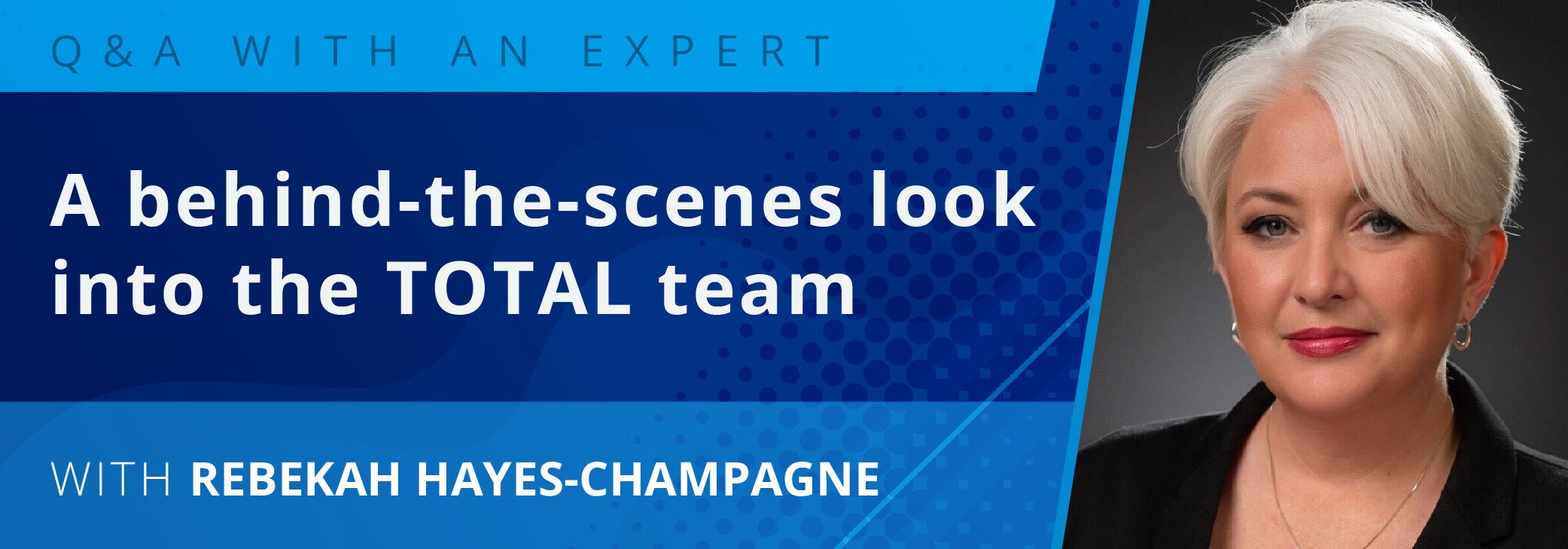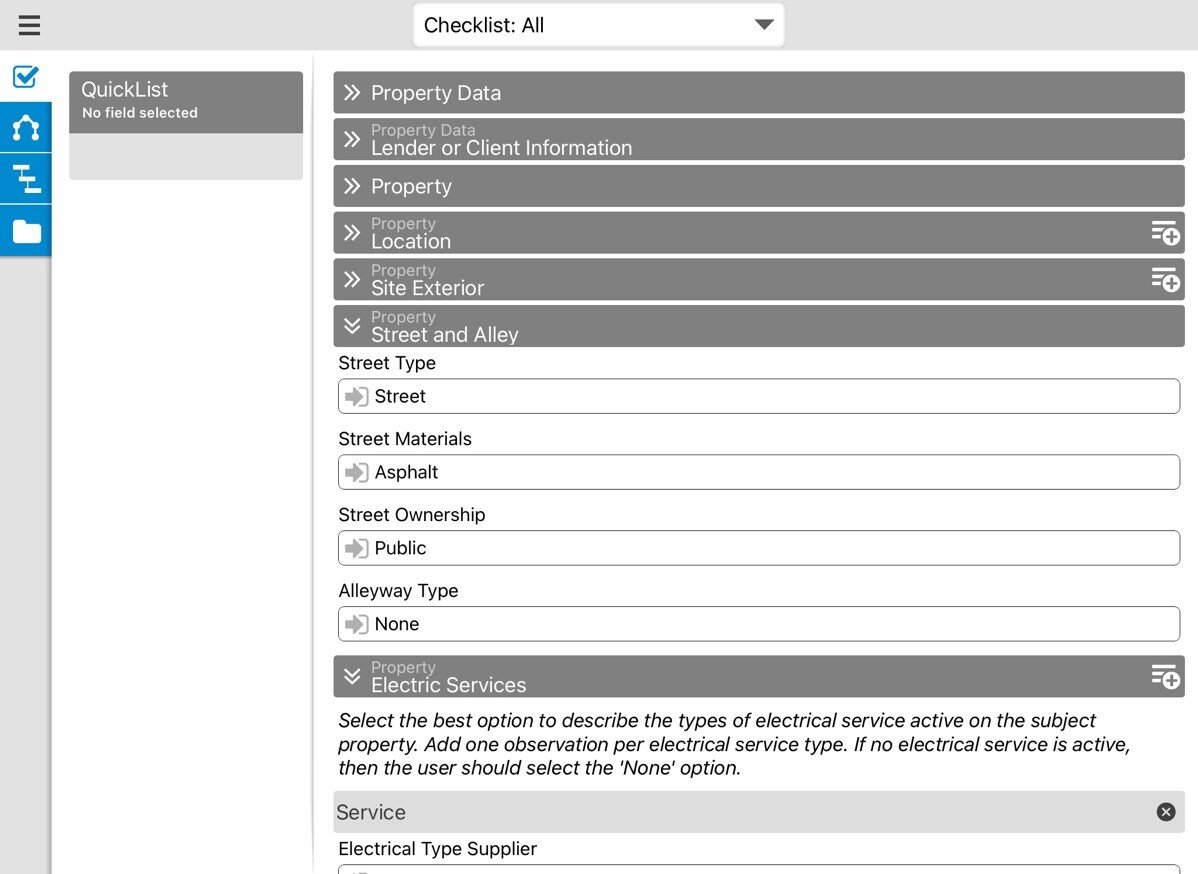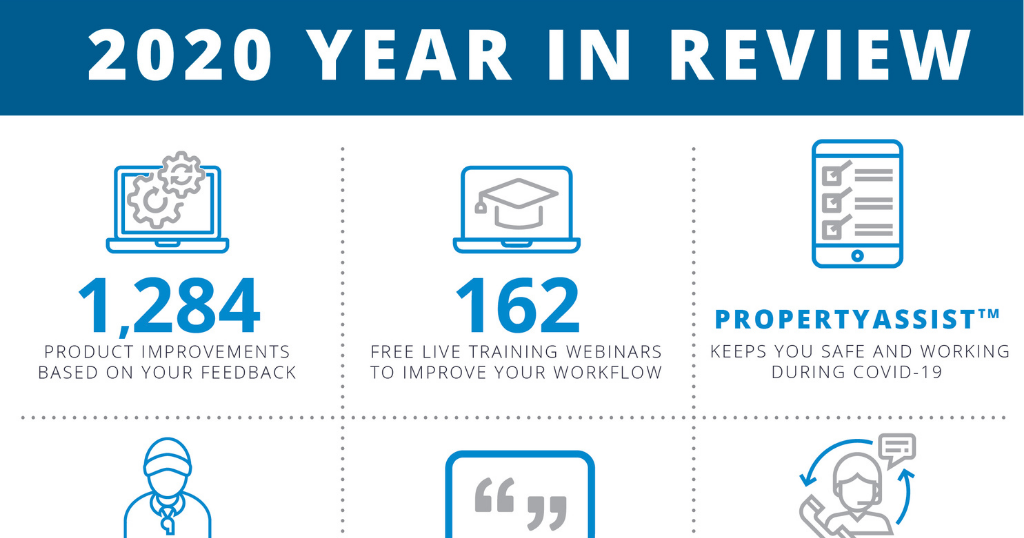Thirty-nine of 220 ranked Metropolitan Statistical Areas (MSAs) experienced home price contraction in the first quarter of 2004, the Office of Federal Housing Enterprise Oversight (OFHEO) reported this week.
Overall, average U.S. home prices appreciated just 0.96 percent in the quarter, the first quarter of sub-1.00 percent appreciation since 1998. Year over year price growth was 7.71 percent, from first quarter 2003 to the most recently completed quarter.
"This moderation in the growth of house prices is welcome because continued price jumps like those of the fourth quarter last year would raise the potential for declines later on," said Patrick Lawler, OFHEO chief economist. Lawler noted that annualized, property values still outpaced increases in the price of non-housing goods and services.
Among states, Hawaii led the way with a 15.16 percent year over year appreciation in home prices. Utah was last at 1.95 percent. Among Census divisions, the Pacific area easily led both year over year (12.21 percent) and first quarter (1.96 percent) appreciation. The West South Central division, including Texas, Oklahoma, Arkansas and Louisiana, brought up the rear at 3.22 percent and 0.41 percent, respectively.
Nine of the top 10 MSAs for year over year home price appreciation were in California or Florida, and the other was Las Vegas. San Jose, California, though, appeared in the bottom 20. Austin-San Marcos, TX was last of 220 ranked MSAs with 0.47 percent growth year over year and an 0.12 percent contraction in the first quarter.
"Last year's rise in borrowing rates may have stimulated fears of further rate increases, causing some prospective purchasers to move more quickly to buy than they might have otherwise last Fall," said Lawler. "That sense of urgency apparently diminished last quarter after rates stabilized. It will be interesting to see what the effects of more recent rate increases are in the future."
OFHEO's House Price Index is published on a quarterly basis and tracks average house price changes in repeat sales or refinancings of the same single-family properties. OFHEO's index is based on analysis of data obtained from Fannie Mae and Freddie Mac from more than 27 million repeat transactions over the past 29 years. The HPI reflects price movements on a quarterly basis of sales or refinancings of single-family homes whose mortgages have been purchased or securitized by Fannie Mae or Freddie Mac.


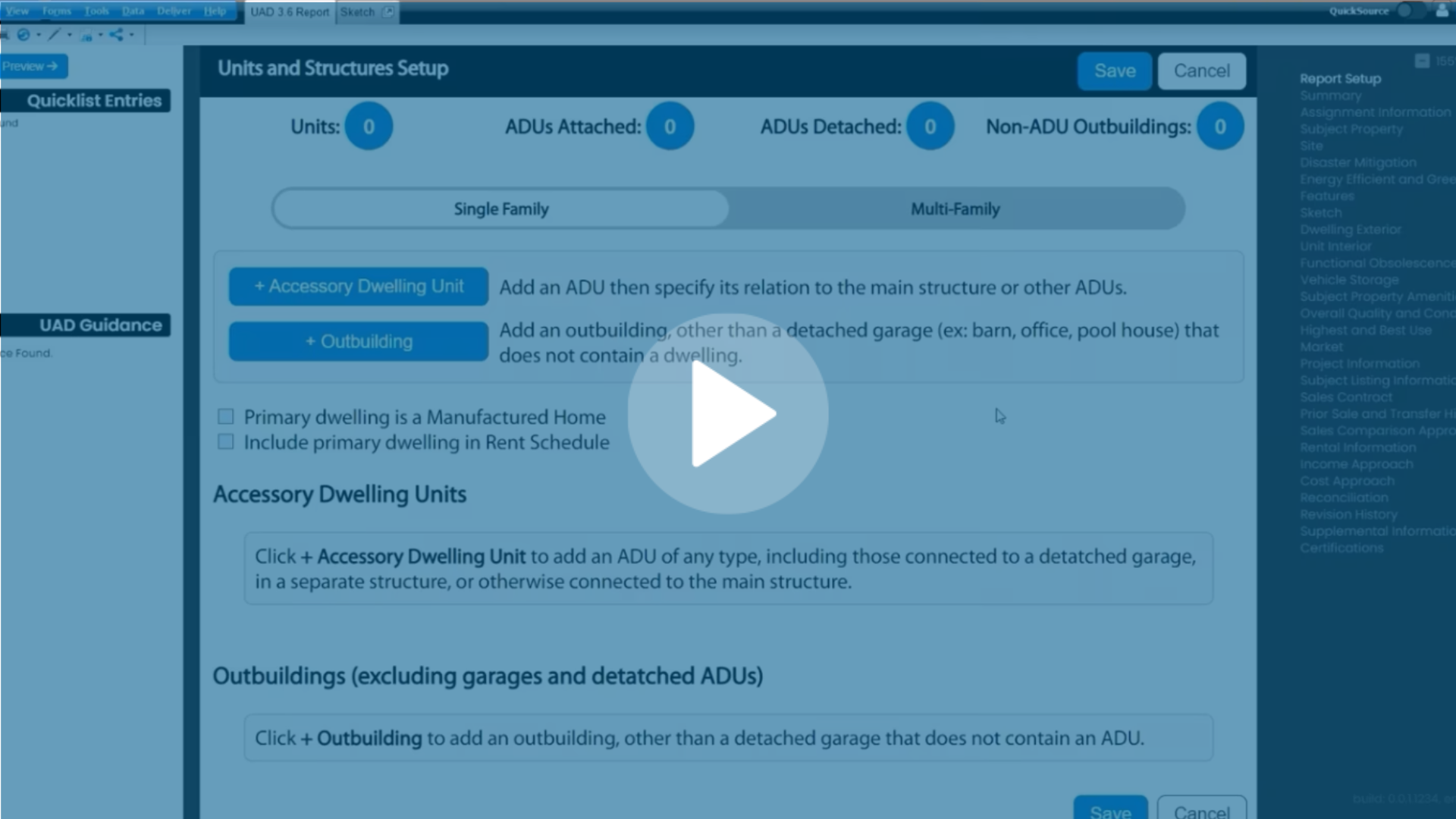
.png)

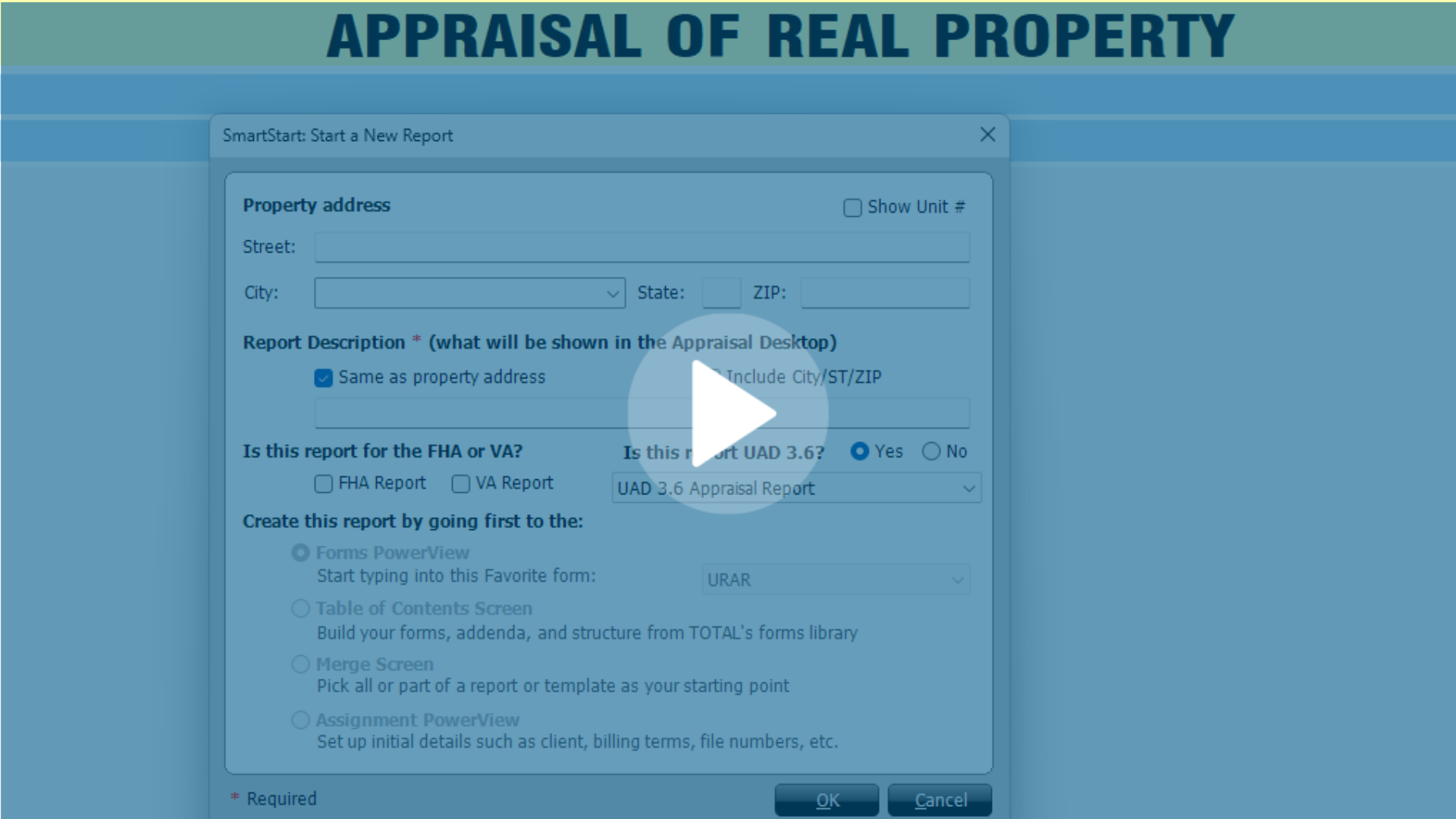


.png)
-1.png)
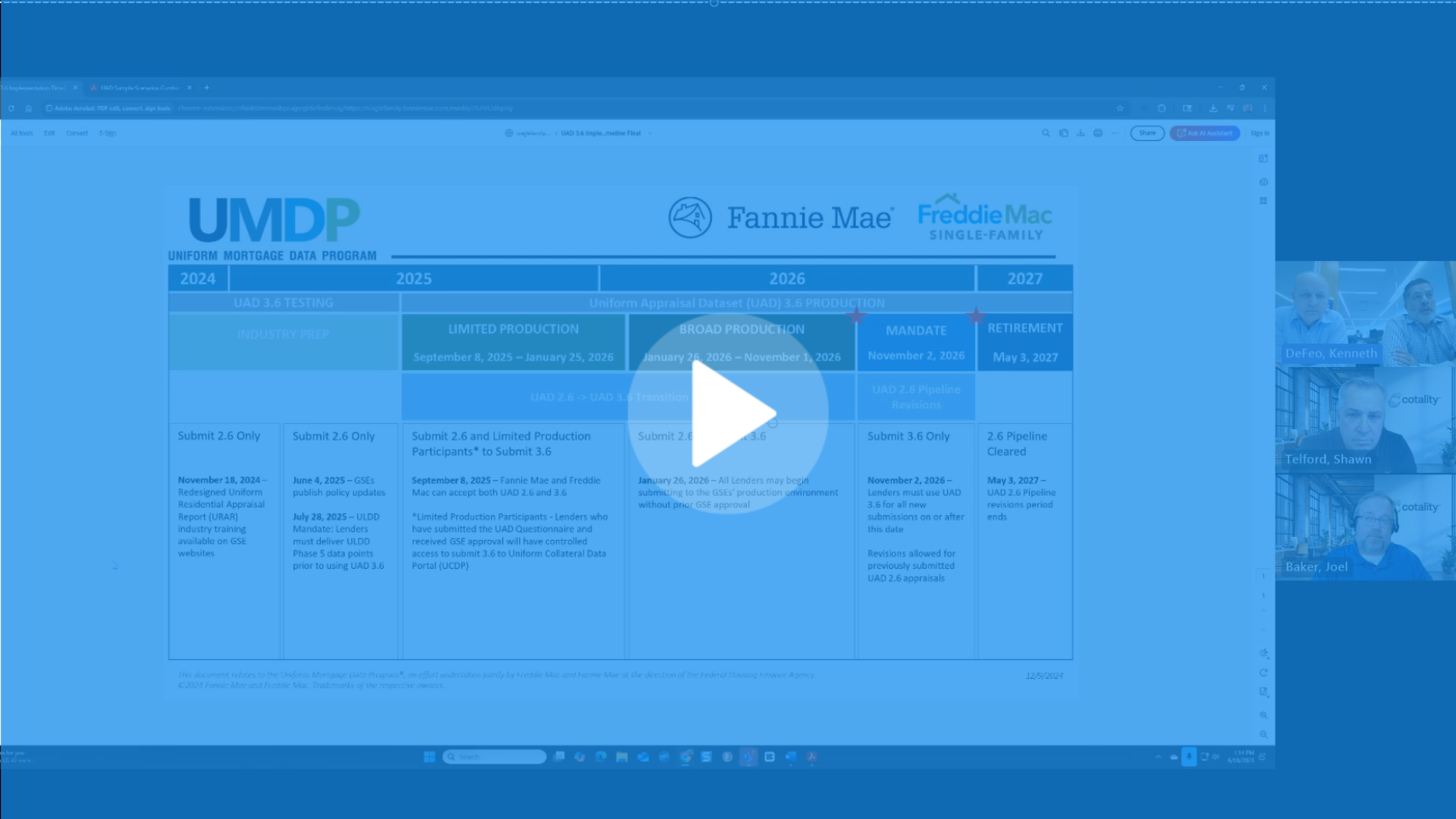
.png)
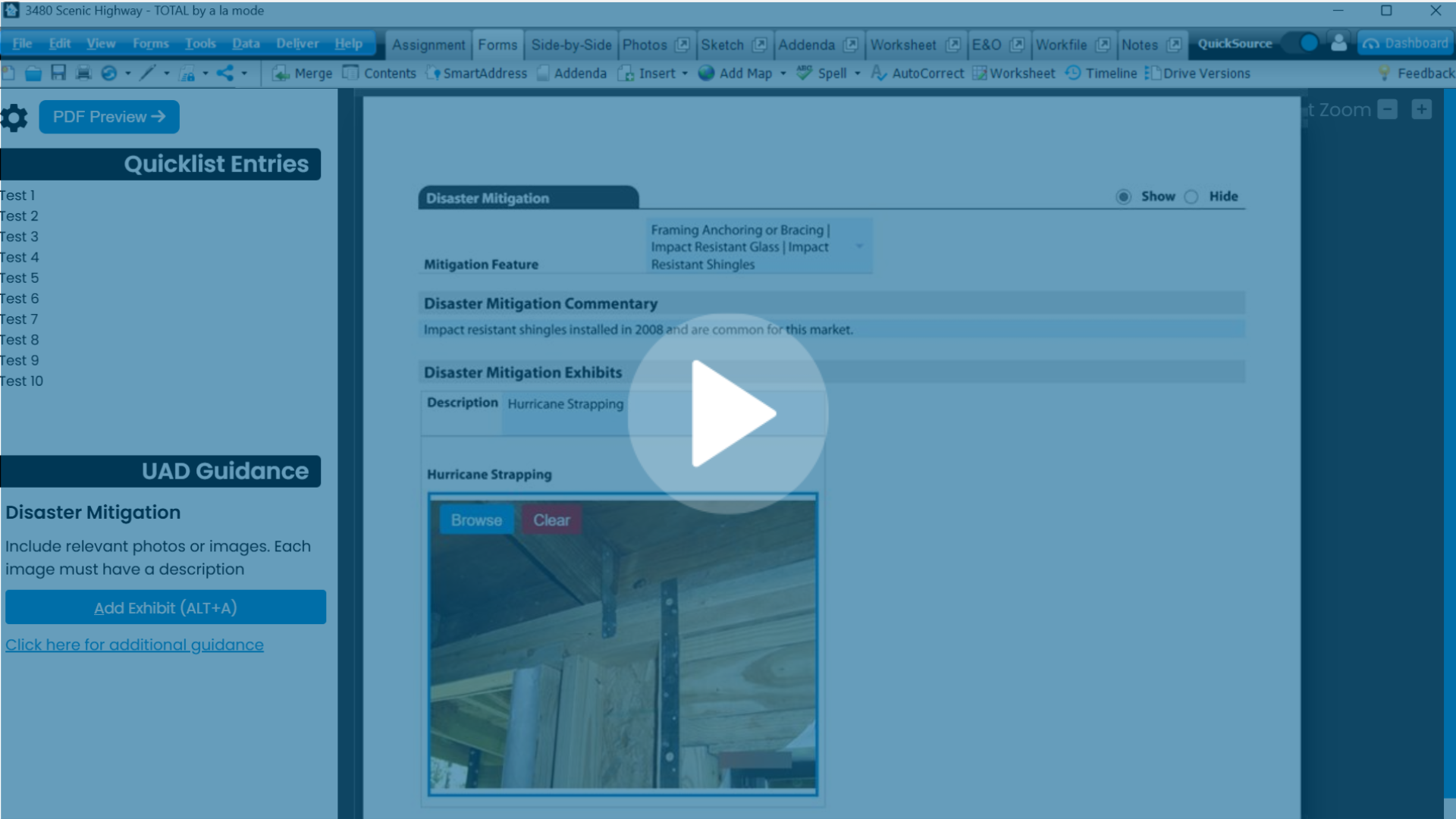
.png)
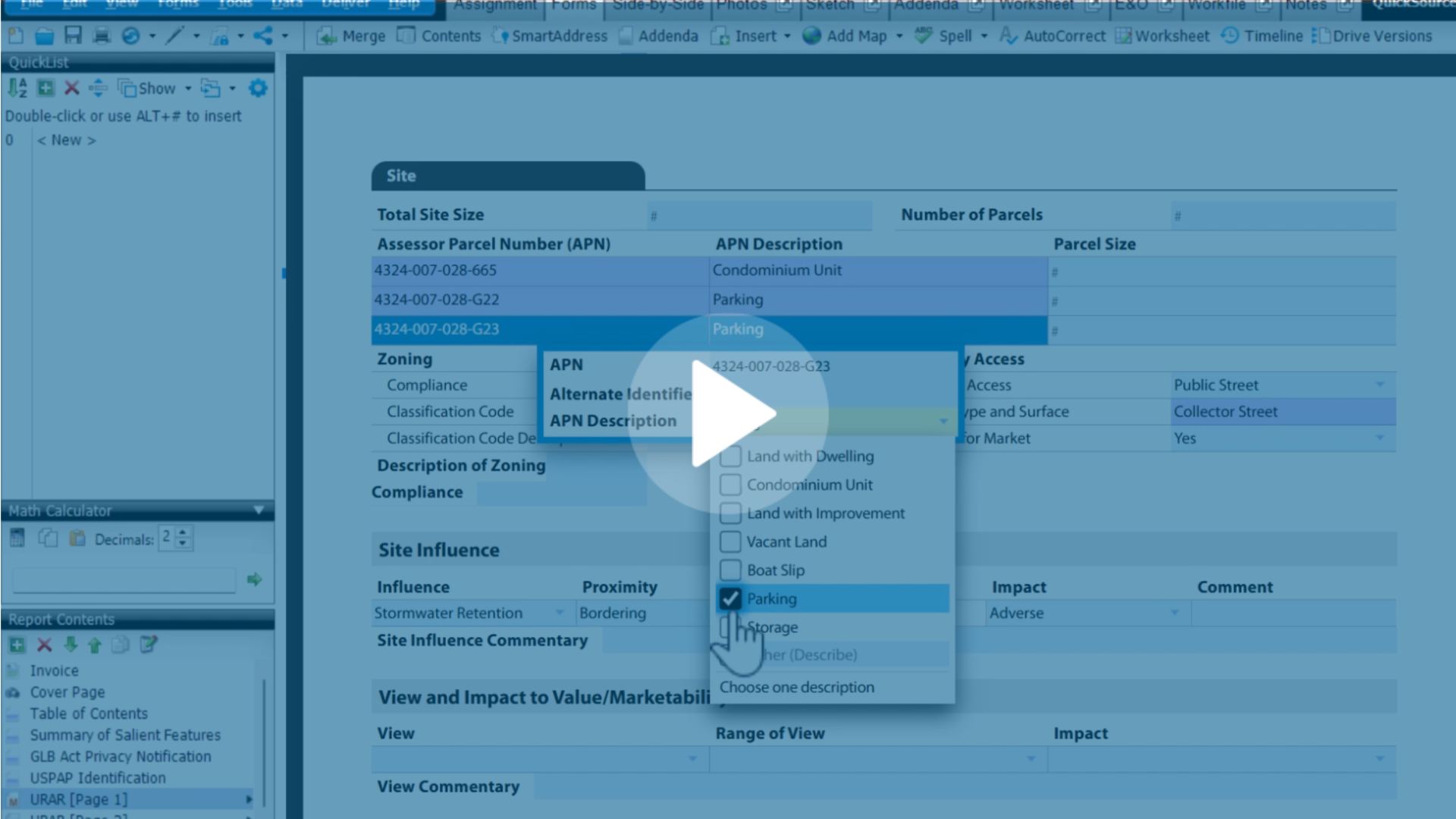
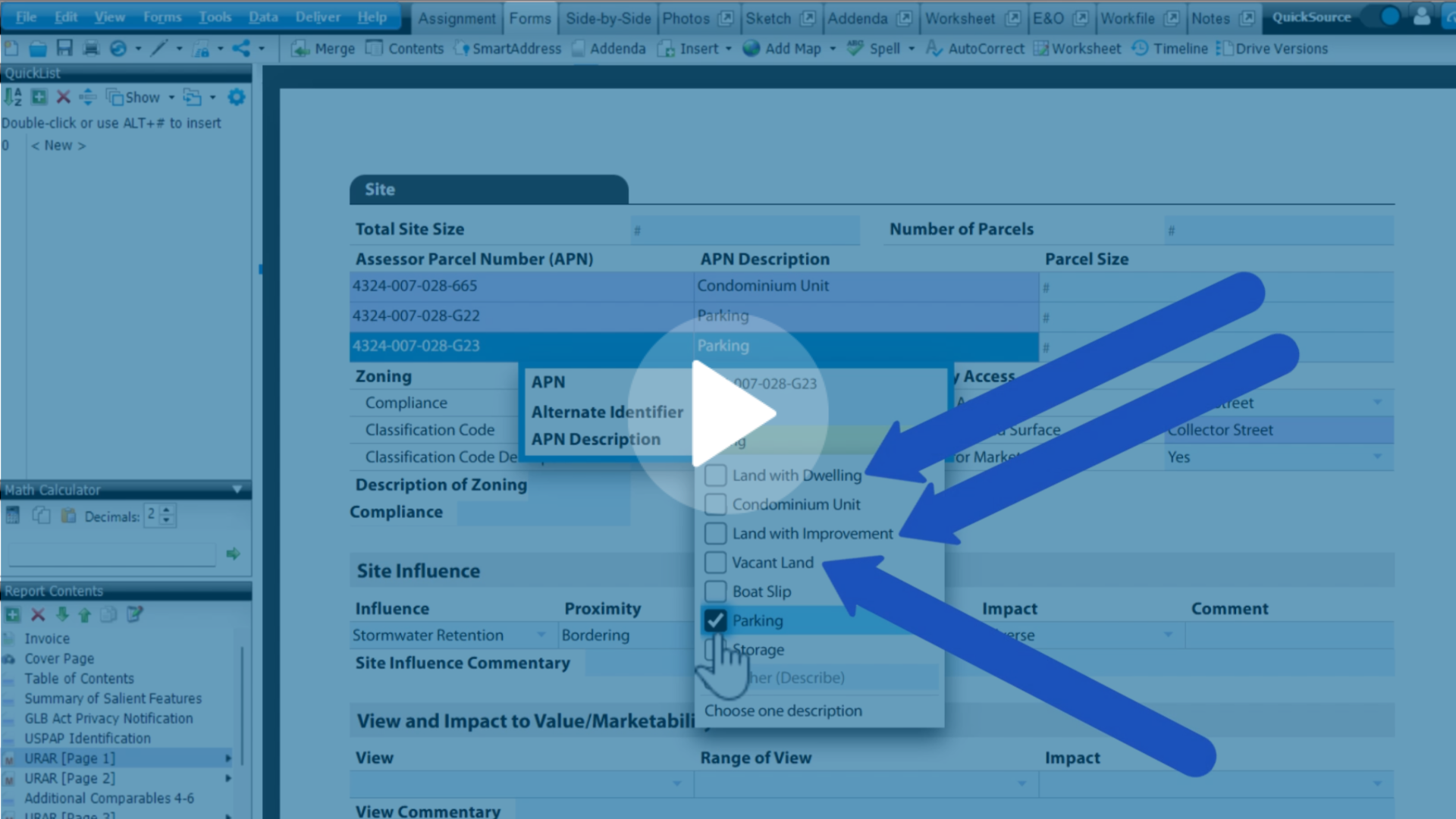
.png)
.png)
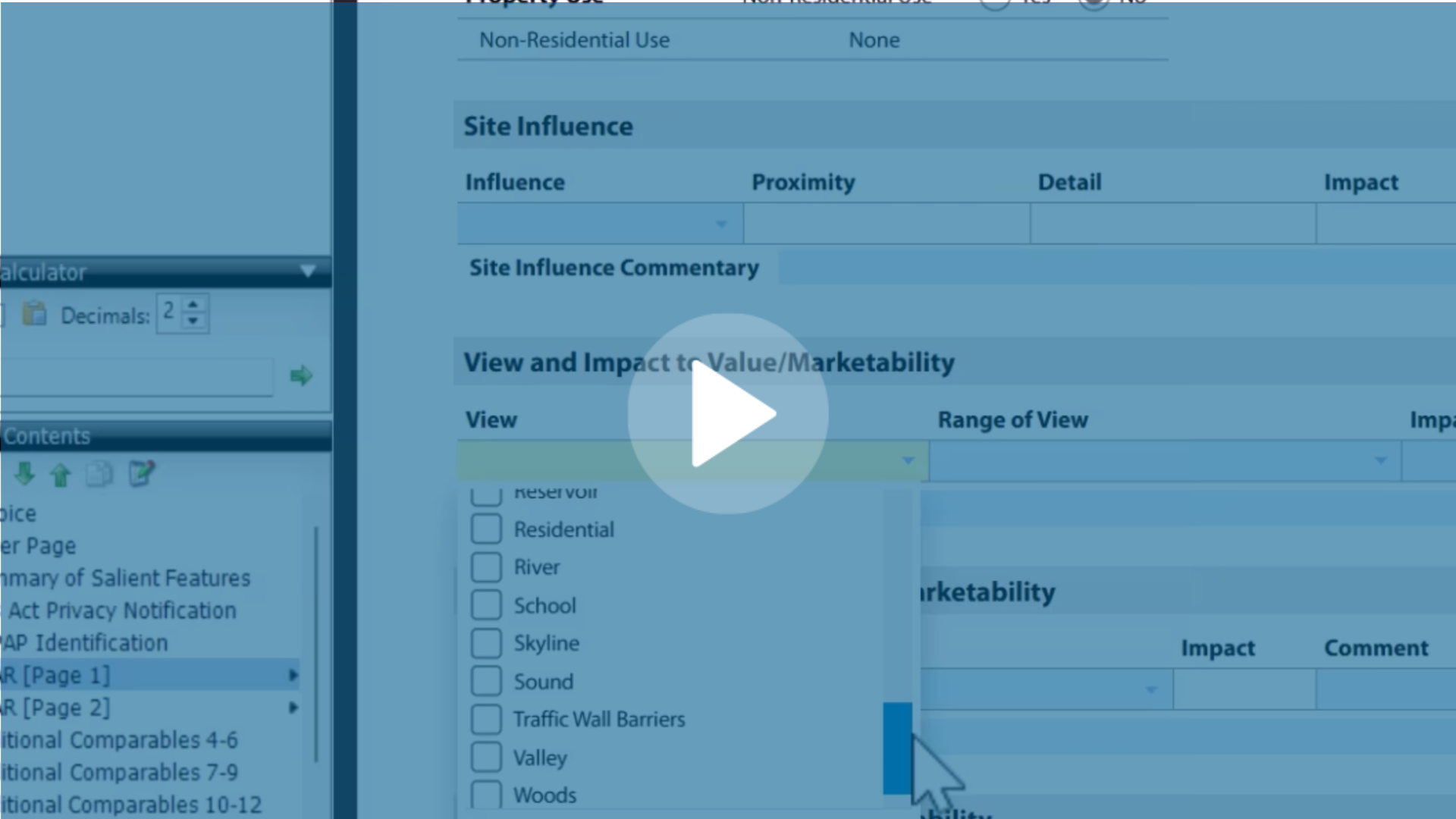
.jpg)
.png)
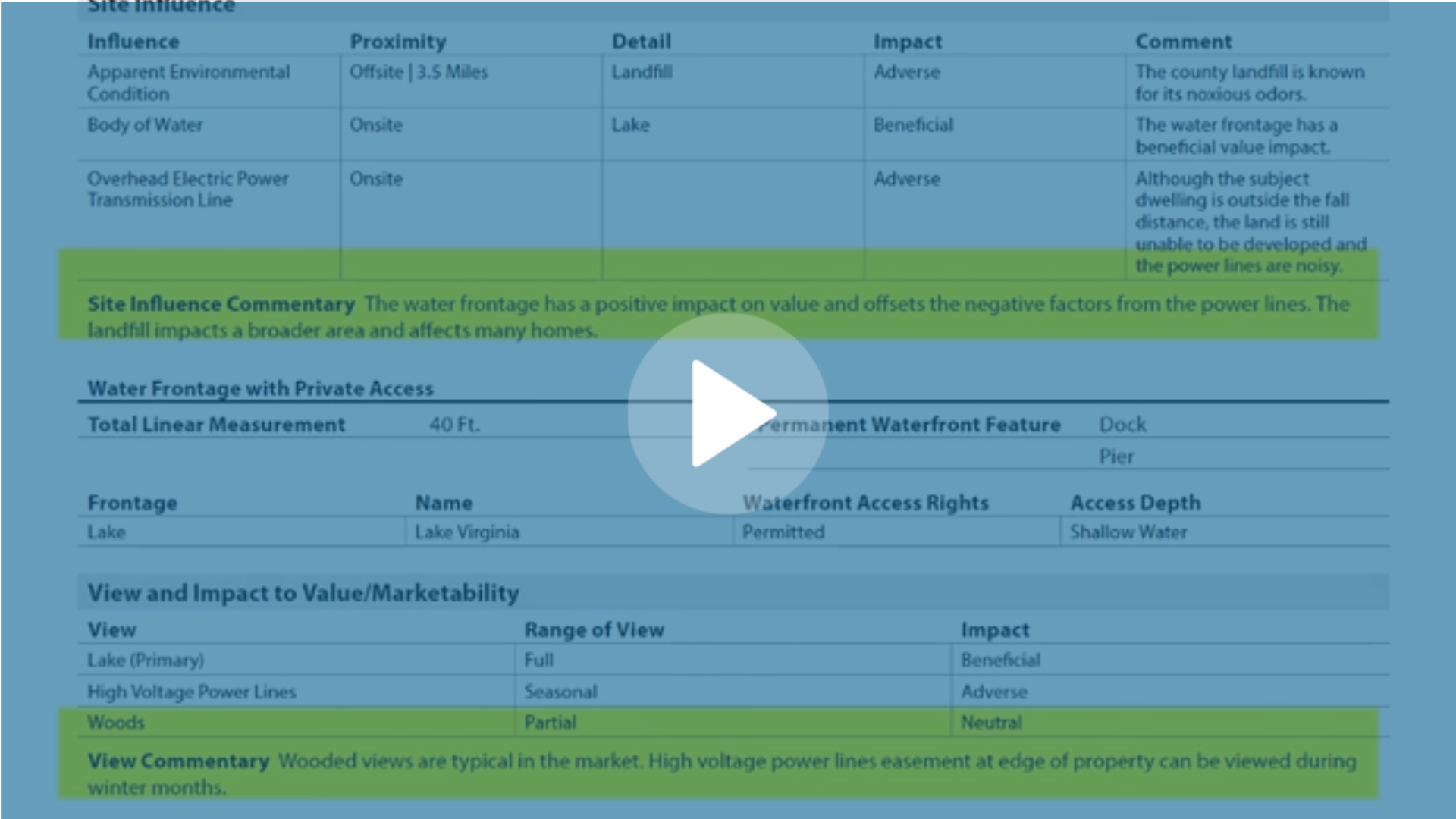
-1.png)









